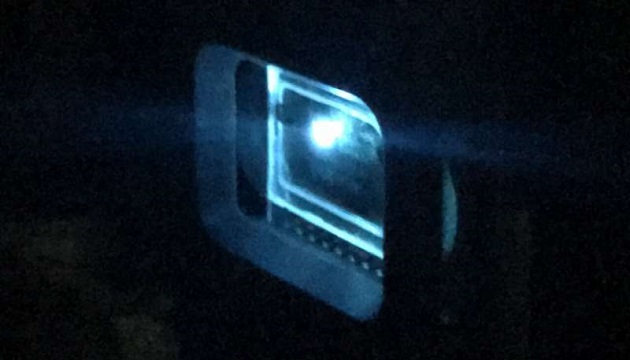A demonstration has been done by Japanese researchers, on a long-elusive kind of laser diode based on organic semiconductors, which is indeed possible, paving the way for the further laser expansion for applications like biosensing, displays, healthcare and optical communications.
Long considered a holy grail in the area of light-emitting devices, organic laser diodes use carbon-based organic materials to emit light instead of the inorganic semiconductors, such as gallium arsenide and gallium nitride, used in traditional devices.
In many ways, the lasers resemble the organic-light-emitting diodes (OLEDs), in which a thin layer of organic molecules emits light when electricity is applied. OLEDs are now a popular choice for smartphone displays because of their high-efficiency and vibrant colors, which can be changed easily with designing of new organic molecules.
A pure light has been produced by the OLEDs to enable additional applications, but they require currents which are magnitudes higher than those used in OLEDs to achieve the lasing process.
“I think that many people in the community were doubting whether we would actually one day see the realization of an organic laser diode,” says Atula S. D. Sandanayaka, lead author on the paper, “but by slowing chipping away at the various performance limitations with improved materials and new device structures, we finally did it.”
A critical step in lasing is the injection of a large amount of electrical current into the organic layers to achieve a condition called population inversion. However, the high resistance to electricity of many organic materials makes it difficult to get enough electrical charges in the materials before they heat up and burn out.
On top of that, a variety of loss processes inherent to most organic materials and devices operating under high currents lowers efficiency, pushing the necessary current up even higher.
To overcome these obstacles, the research group led by Professor Chihaya Adachi used a highly efficient organic light-emitting material (BSBCz) with a relatively low resistance to electricity and a low amount of losses even when injected with large amounts of electricity. But having the right material alone was not enough.
They also designed a device structure with a grid of insulating material on top of one of the electrodes used to inject electricity into the organic thin films. Such grids are called distributed feedback structures, which are known to produce the optical effects required for lasing, but the researchers took it one step further.
“By optimizing these grids, we could not only obtain the desired optical properties but also control the flow of electricity in the devices and minimize the amount of electricity required to observe lasing from the organic thin film,” says Adachi.








